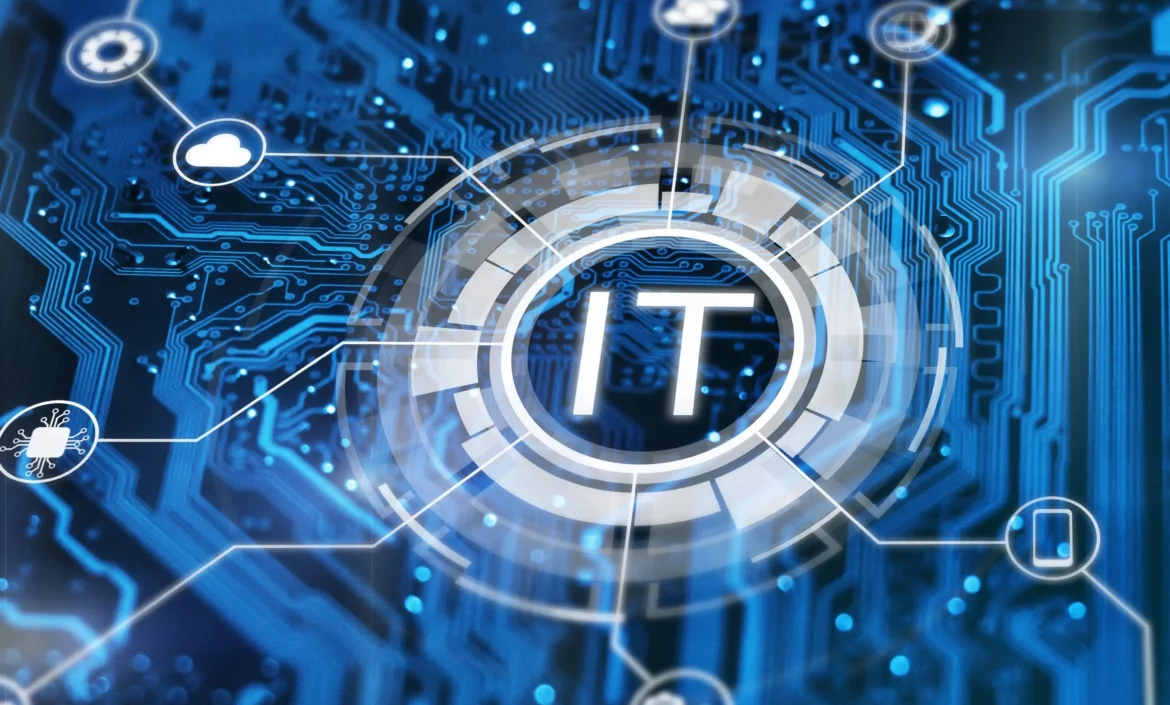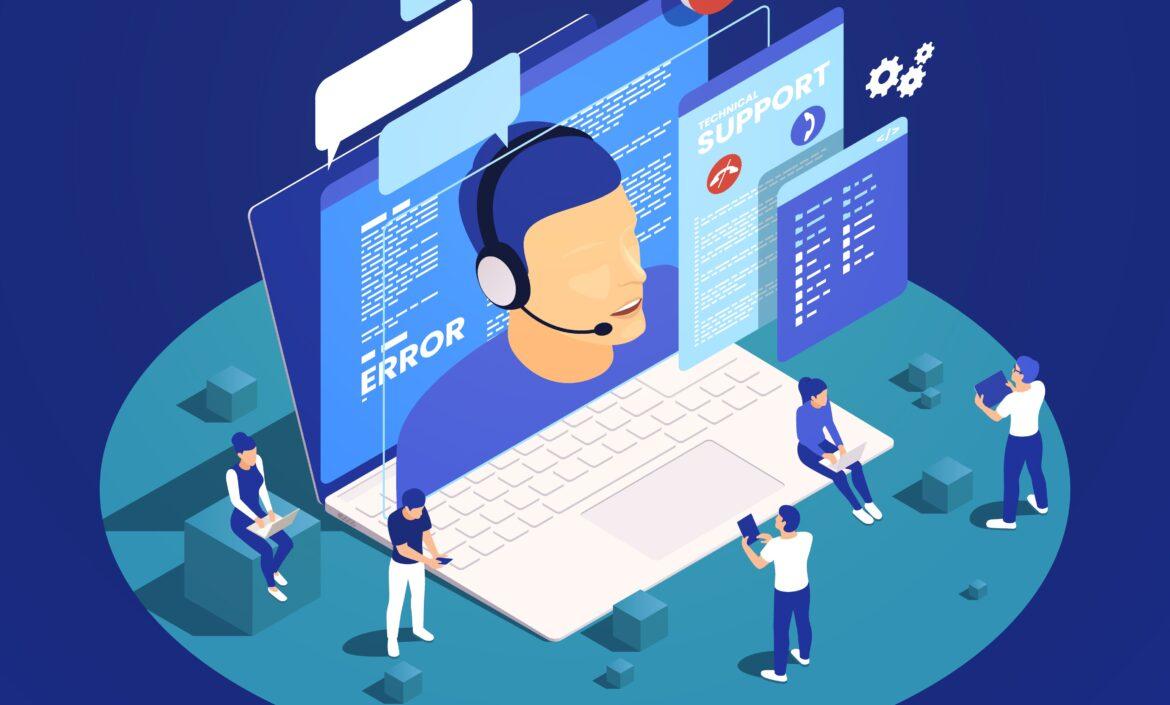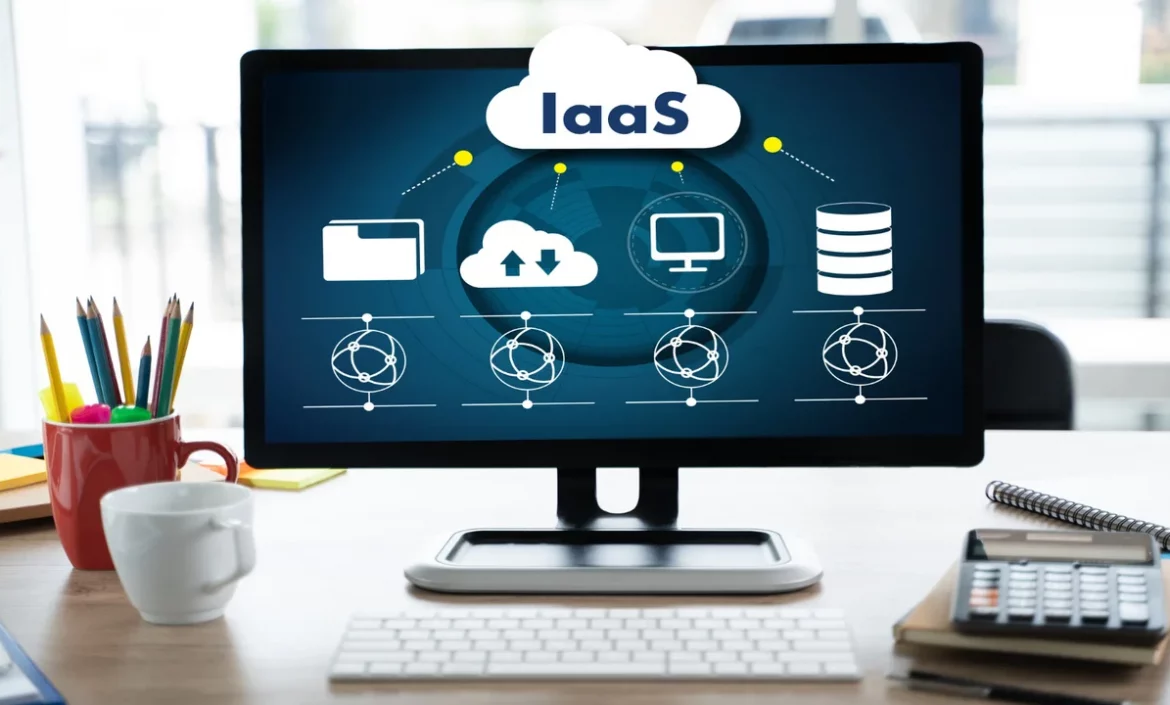IT Support: Choose the Right one for Your Business
Companies nowadays rely heavily on technology to run their daily operations. Technology is an crucial part of running a successful business. However, as technology continues to evolve and become more complex, businesses must have reliable IT support to keep their operations running smoothly.
Managed IT Support Services
Managed IT support services are a type of IT support where an external IT support company provides technical assistance to a business. These services include basic support as well as complex services such as maintaining a business’s IT infrastructure. For example, troubleshooting hardware and software issues and managing IT incidents. Enterprises can focus on their core operations while having their IT infrastructure managed and maintained by experts.
• Business IT Support Services
Business IT support services are designed to help businesses manage their IT infrastructure and ensure that it is functioning at peak efficiency. These services encompass software updates, network monitoring, recovery, data backup, and security management. By providing these services, an IT support company can help a business reduce downtime and increase productivity.
• IT Support Companies
There are various IT support companies that companies can choose from. These companies specialize in providing technical assistance to businesses and can offer a range of services to meet their needs. When choosing an IT support company, firms should look for a business with experience in their industry, a strong reputation, and an engagement to providing quality services.
• Business IT Support
Business IT support is crucial for any firm that relies on the digital to operate. Without reliable IT support, enterprises can face downtime, data loss, and security problems, all of which can have a significant impact on their bottom line. By investing in IT support, businesses can reduce the risk of these issues and ensure that their operations run smoothly.
IT Support Benefits
There are many benefits to investing in IT
Increased productivity: With reliable IT support, businesses can reduce downtime and keep their operations running smoothly, which can lead to increased productivity.
Improved security: An IT support firm can help your organization implement and maintain strong security systems to protect against cyberthreats.
Cost reduction: By outsourcing IT support, companies can eliminate the cost of maintaining an in-house IT department. Access to expertise: IT support companies have a team of experts who can provide technical assistance and support to businesses.
Businesses need IT support to keep their operations running smoothly and efficiently. Managed IT support services can offer the company technical assistance, security management, data backup and recovery, and more. By investing in IT support, organizations can reduce downtime, increase productivity, and improve bottom line. Choosing the Adequate IT Support for Your Business
Choosing the proper IT support for your company could be a basic choice that can have a critical impact on your operations. Here are a few tips to assist you in the selection of proper IT support for your business:
Assess Your Business Needs: Start by understanding your business requirments and identifying the areas where you need IT support. This can encompass network management, security management, data backup and recovery, software support services, and hardware maintenance.
Look for Adequate Experience: Your IT support provider should have convenient experience in your industry. Consequently, they can understand your unique business requirements and offer you customized IT support.
Consider the Provider’s Reputation: Check the reputation of the IT support provider you are considering. Look for feedback from other enterprises to see how they assess the quality of their services.
Evaluate Their Response Time: Ask about the IT support provider’s response time. You want to choose a provider that can respond quickly to issues to minimize downtime and reduce the impact on your business.
Look for Proactive Support: Look for an IT support provider that can offer you proactive support. For example, they monitor your systems and determine potential issues before they arrise, saving you time and money in the long run.
Assess Their Communication Skills: Communication is crucial when it comes to IT support. Look for a provider that has effective communication skills and responsiveness to your needs.
Evaluate Their Technical Expertise: Ensure that the IT support provider has the technical expertise to handle your specific needs. This can include certifications, training, and experience in the latest technologies.
Consider Their Cost: Finally, consider the cost of IT support services. You want to select a provider that provides quality services at a reasonable price.
Choosing the right IT support for your business requires careful consideration of your specific needs, the provider’s experience and reputation, their response time and technical expertise, as well as their communication skills and cost. Take the time to assess potential providers and pick the one that best attends to your business needs and budget
Types of IT Support
In today’s digital age, organizations rely heavily on technology to streamline their operations, enhance their productivity, and remain ahead of their competition. However, technology can be complicated and needs expertise to manage and maintain efficiently. This is where IT support services come in. IT support services are designed to provide businesses with the technical expertise and assistance they need to optimize their IT infrastructure and ensure that their operations run smoothly and efficiently.
Help Desk Support:
Help desk support is a type of IT support service that offer remote assistance to end-users with technical issues. Help desk technicians are responsible for providing a range of services. This covers hardware and software troubleshooting, account management, and user support. They are the first line of defense for businesses when it comes to resolving technical issues, and their quick response times are essential to minimizing downtime and ensuring that operations continue to run smoothly.
Network Support:
Network support includes the management and maintenance of a business’s network infrastructure, including hardware, software, and security. Network support technicians are responsible for setting up and configuring networks, monitoring network activity, and resolving network-related issues. They also ensure that the network is secure by implementing security measures such as firewalls, intrusion detection systems, and antivirus software.
Software Support:
Software support involves the installation, configuration, and maintenance of software applications. Software support technicians are responsible for ensuring that software applications are up-to-date and functioning correctly. They also troubleshoot and resolve issues related to software applications. This includes providing support for software updates, patches, and upgrades.
Hardware Support:
Hardware support involves the installation, configuration, and maintenance of computer hardware, such as servers, desktops, laptops, and printers. Hardware support technicians are responsible for ensuring that hardware components are functioning correctly and are up-to-date. They also troubleshoot and resolve issues related to hardware components, including hardware upgrades, repairs, and replacement.
Security Support:
Security support involves the implementation and management of security measures to protect a business’s IT infrastructure from threats such as viruses, malware, and hackers. Security support technicians are responsible for creating security procedures such as firewalls, antivirus software, and intrusion detection systems. They also monitor the network for any threats and respond to security incidents when needed.
Backup and Recovery Support:
Backup and recovery support involves the creation, management, and restoration of backup copies of a business’s data. Backup and recovery support technicians are responsible for making sure that valuable data is backed up regularly and that backup copies are stored securely. They also test backup systems frequently to make sure that data can be restored in case of a disaster or other catastrophic event.
Cloud Services Support:
Cloud services encompasses the management and maintenance of cloud-based services such as cloud storage, email, and collaboration tools. Cloud services technicians are responsible for migrating businesses to the cloud, managing cloud-based applications, and ensuring that cloud-based services are secure and compliant with relevant regulations.
IT support services are vital for enterprises that rely on technology to streamline their operations and develop their productivity. There are numerous types of IT support services available. They include help desk support, network, software, hardware, security support, backup and recovery support, and cloud services support. By leveraging these services, organizations can optimize their IT infrastructure and ensure that their operations run smoothly and efficiently.













